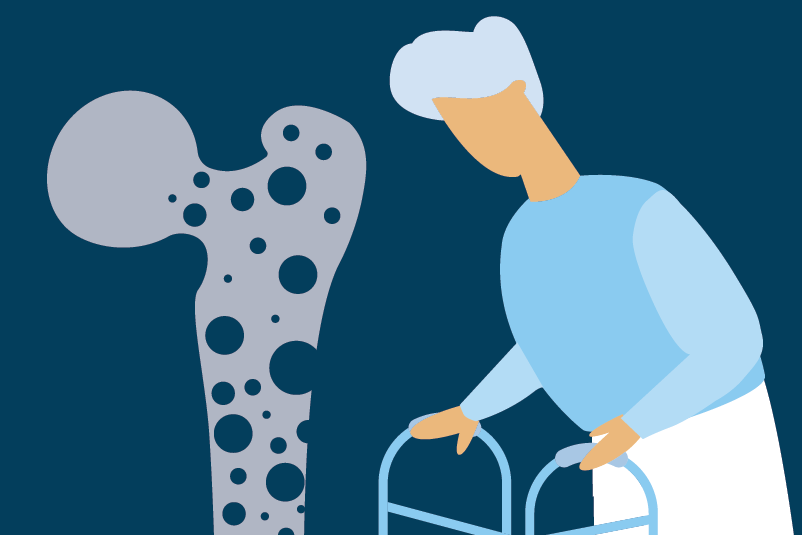#92 Probiotics C the Difference for the Prevention of C diff

Reading Tools for Practice Article can earn you MainPro+ Credits
Join NowAlready a CFPCLearn Member? Log in
- Outcomes:
- Reduction in CDAD incidence:
- Probiotics 2.0%, placebo 5.5%, number needed to treat (NNT)=29
- Reduction in CDAD incidence:
- Limitations:
- 13 trials missed up to 45% of CDAD data
- 8 trials did not report CDAD
- Most studies funded by probiotic manufacturer.
- No difference in CDAD (probiotic 1.2%, placebo 0.8%), but event rate lower than in other studies
- Systematic review6 including this study found similar results to Cochrane review.
- 0.79 (0.41-1.53) in public funded, no effect.
- 0.34 (0.24-0.48) in industry funded, reduced CDAD with probiotics.
- Risk factors for CDAD:8-10
- Primarily: antibiotic use (especially cephalosporins, clindamycin and quinolones) and hospitalization
- Also: Advancing age, concurrent diseases (especially inflammatory bowel disease), use of corticosteroids, PPIs and H2RAs.
- Probiotics also decrease antibiotic-associated diarrhea in adults and children (NNT=13).1
- Cases of fungemia and bacteremia reported in immunocompromised patients given probiotic,11 but overall adverse events seem similar to placebo.1,11
- American guidelines12 do not endorse probiotics for CDAD prevention, but they do not cite systematic reviews discussed here.
- The Canadian Pediatrics Society provide conflicting13,14 recommendations regarding probiotics for CDAD prevention.
- Approximate Canadian cost for 14 days of probiotics with evidence for CDAD prevention:
- Bio-K+ (L acidophilus, L casei): $13
- TuZen (L plantarum 299v): $37
- Florastor (S boulardii): $45
- VSL#3 (8 species): $112






